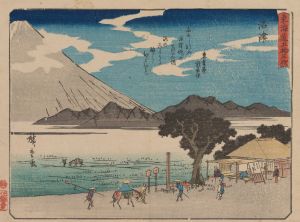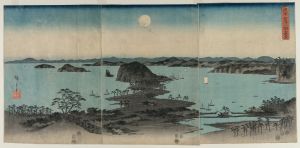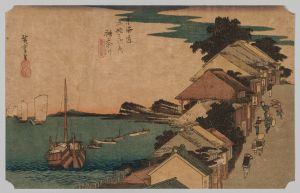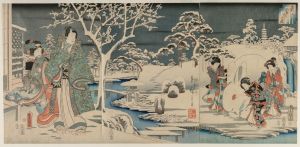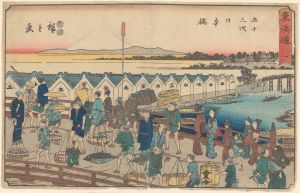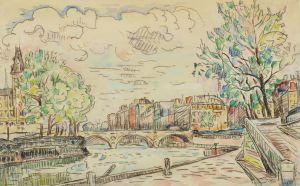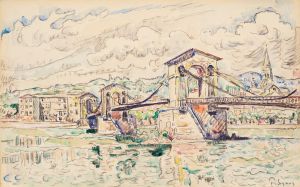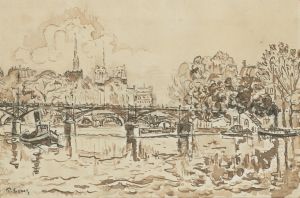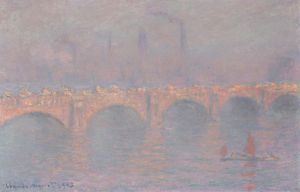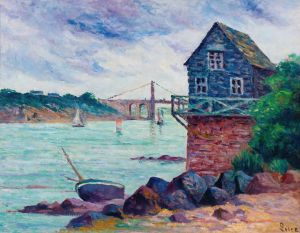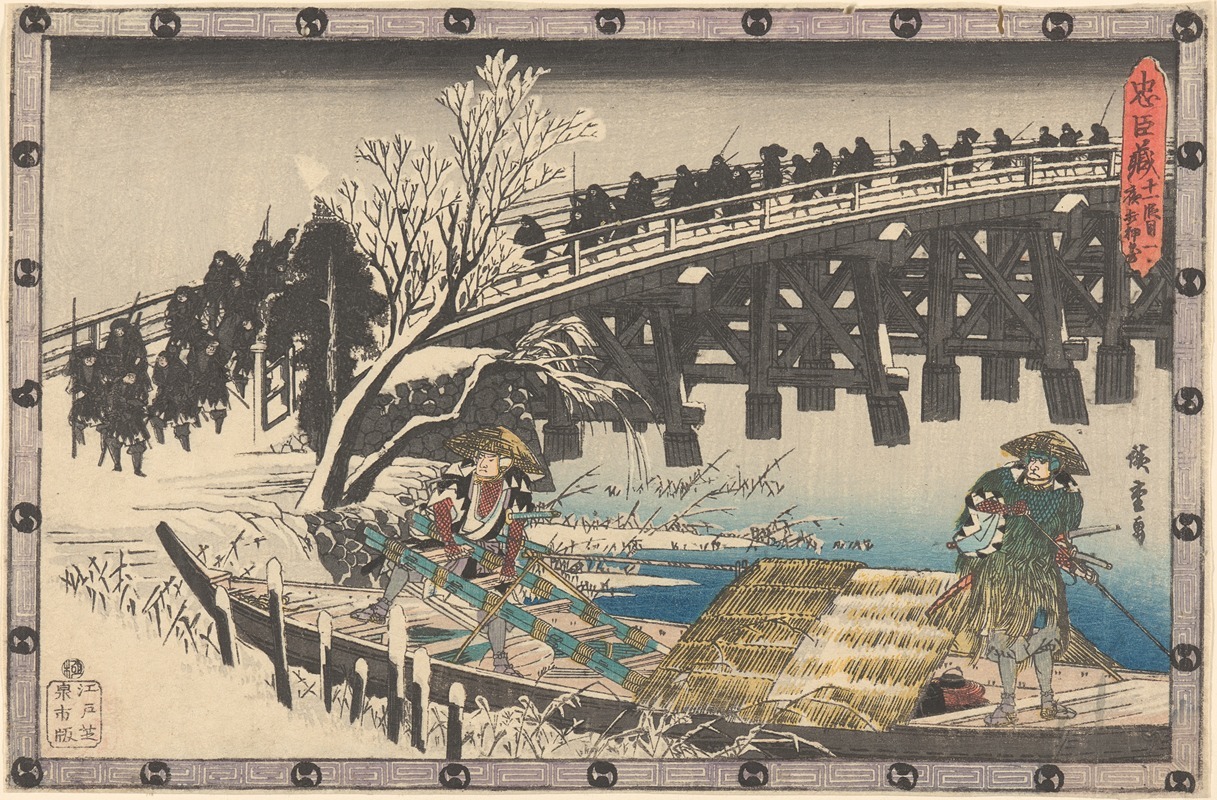
Marching over Bridge
A hand-painted replica of Andō Hiroshige’s masterpiece Marching over Bridge, meticulously crafted by professional artists to capture the true essence of the original. Each piece is created with museum-quality canvas and rare mineral pigments, carefully painted by experienced artists with delicate brushstrokes and rich, layered colors to perfectly recreate the texture of the original artwork. Unlike machine-printed reproductions, this hand-painted version brings the painting to life, infused with the artist’s emotions and skill in every stroke. Whether for personal collection or home decoration, it instantly elevates the artistic atmosphere of any space.
Andō Hiroshige, a renowned Japanese ukiyo-e artist of the Edo period, is celebrated for his landscape prints and depictions of everyday life in Japan. One of his notable works is "Marching over Bridge," which exemplifies his mastery in capturing the essence of Japanese scenery and culture through the medium of woodblock printing.
Hiroshige was born in 1797 in Edo, now Tokyo, and became one of the last great ukiyo-e masters. His work is often compared to that of Katsushika Hokusai, another prominent figure in the ukiyo-e tradition. Hiroshige's prints are characterized by their vibrant colors, dynamic compositions, and the ability to convey the transient beauty of nature, a concept known as "mono no aware" in Japanese culture.
"Marching over Bridge" is part of Hiroshige's series that often depicted travel scenes and famous locations across Japan. While specific details about this particular piece are limited, it is consistent with Hiroshige's style of illustrating scenes from the Tōkaidō road or other significant routes and locations. The Tōkaidō was the most important of the Five Routes of the Edo period, connecting Edo (Tokyo) with Kyoto. Hiroshige's series "The Fifty-three Stations of the Tōkaidō" is among his most famous works, capturing the various post stations along the route.
In "Marching over Bridge," Hiroshige likely employs his signature techniques to depict a scene that includes travelers or figures crossing a bridge, set against a backdrop of natural beauty. Bridges were a common motif in Hiroshige's work, symbolizing transition and the journey between destinations. His ability to portray the interaction between human activity and the natural environment is a hallmark of his artistic approach.
Hiroshige's prints were not only artistic expressions but also served as a form of visual documentation of the Edo period's landscapes and daily life. His works provide insight into the cultural and geographical context of the time, capturing the essence of a rapidly changing Japan. The use of perspective, color gradation, and attention to detail in his prints reflect the influence of Western art techniques, which were beginning to permeate Japanese art during this period.
Hiroshige's influence extended beyond Japan, impacting Western artists such as Vincent van Gogh and Claude Monet, who admired his compositions and use of color. The Japonisme movement in Europe during the late 19th century saw many Western artists drawing inspiration from Japanese art, with Hiroshige's work playing a significant role in this cultural exchange.
In summary, while specific details about "Marching over Bridge" are limited, it can be appreciated as part of Hiroshige's broader oeuvre that captures the beauty and transience of the natural world and human experience. His work remains a testament to the enduring appeal of ukiyo-e and its impact on both Japanese and Western art.







